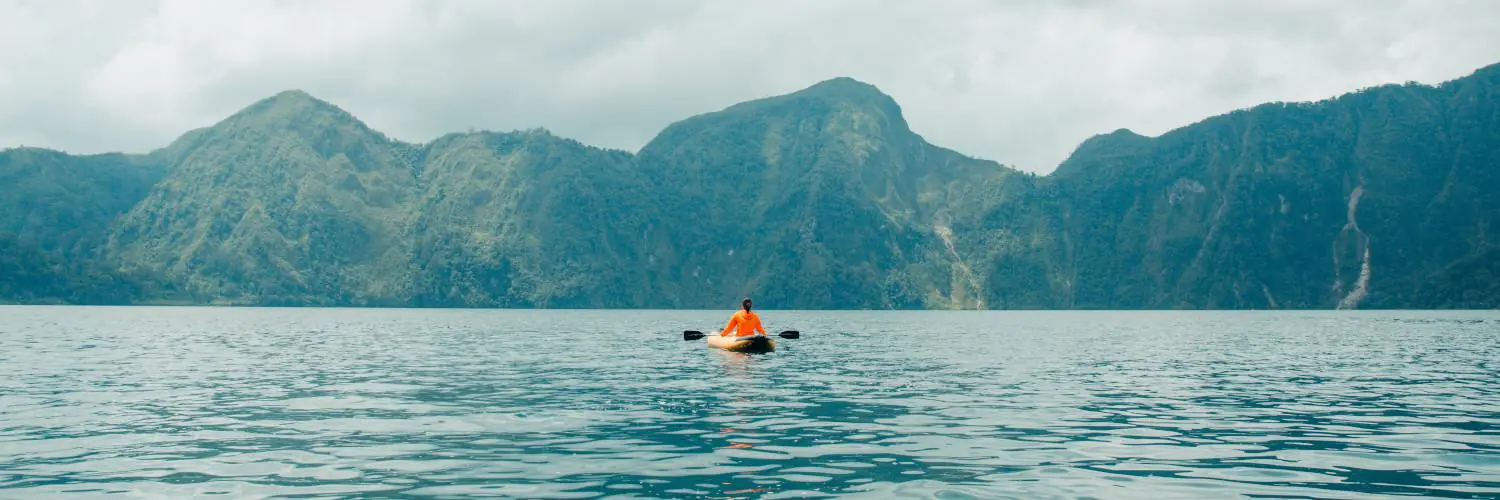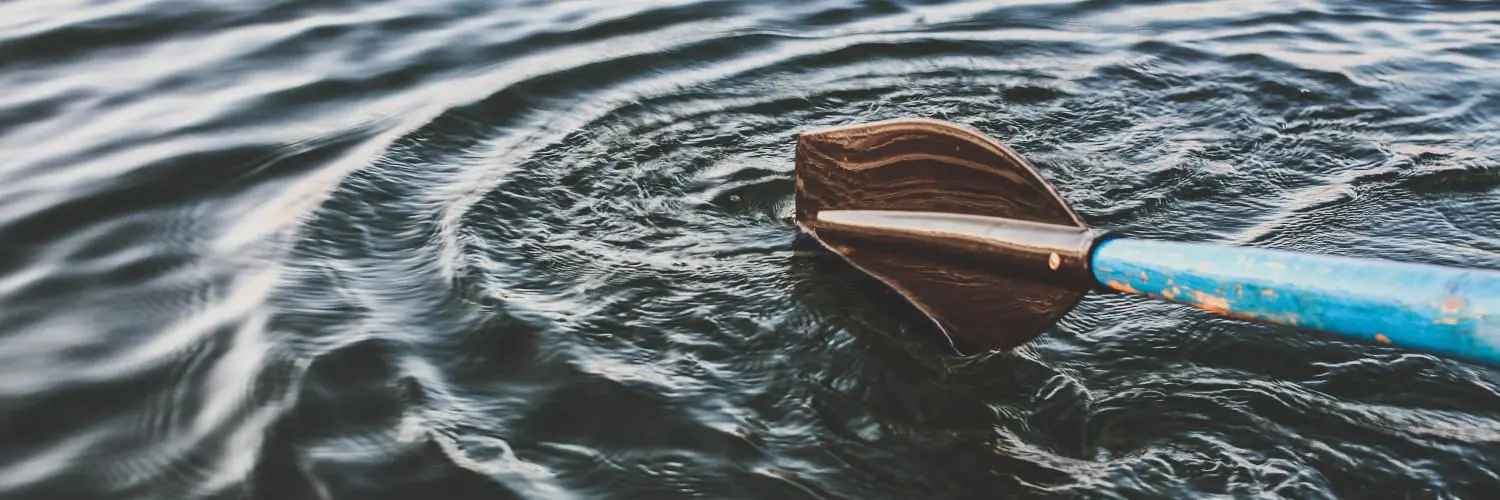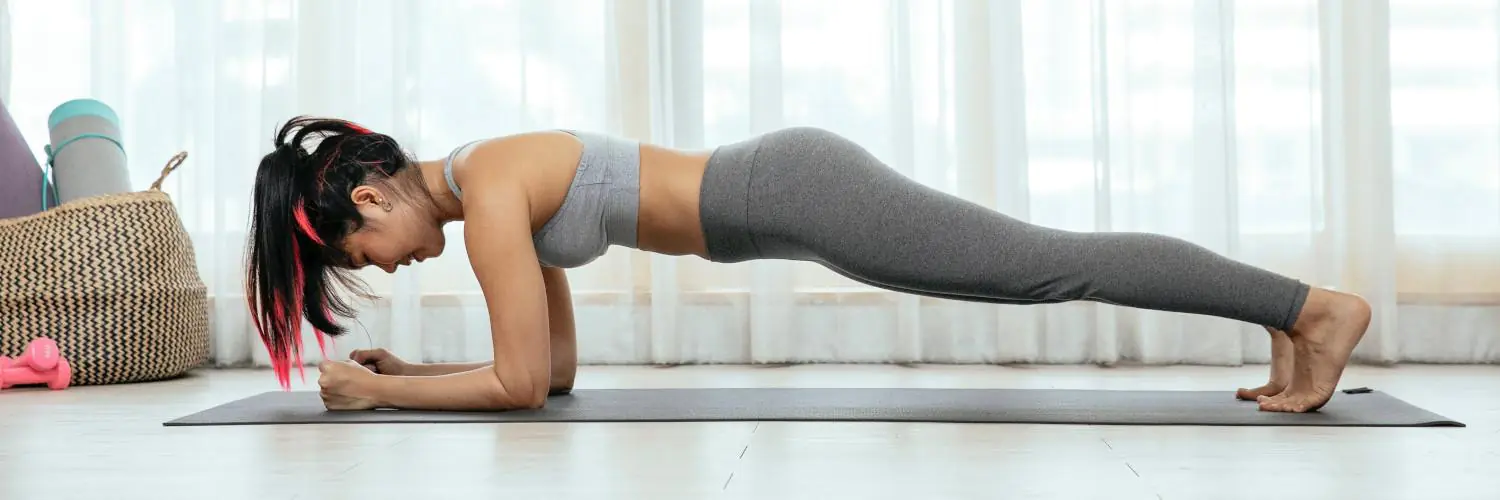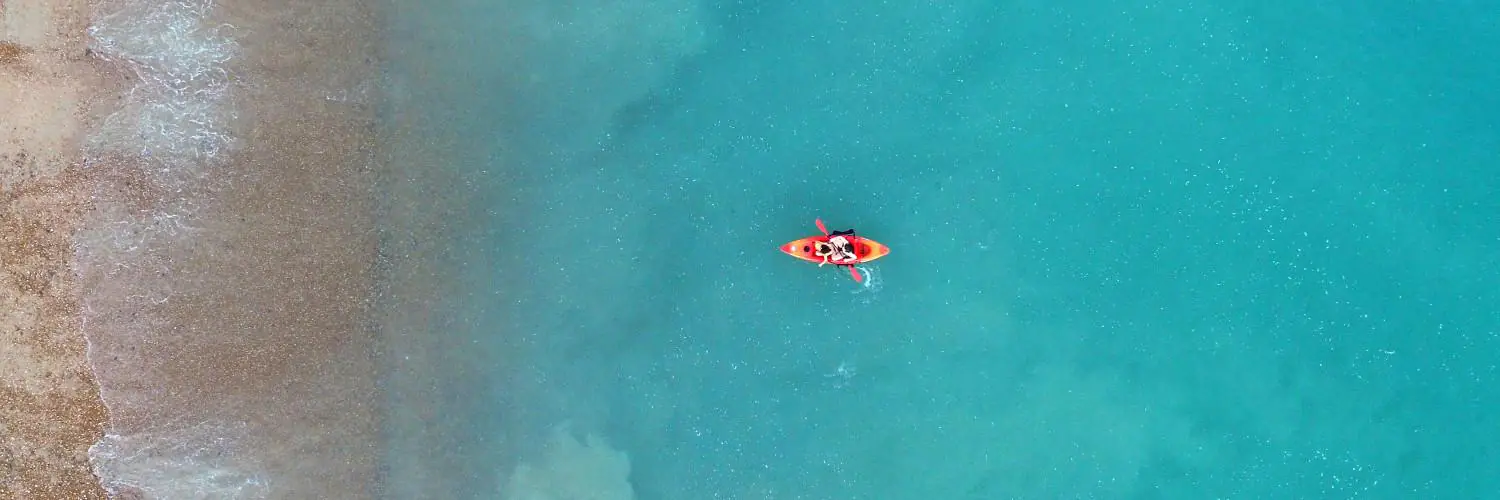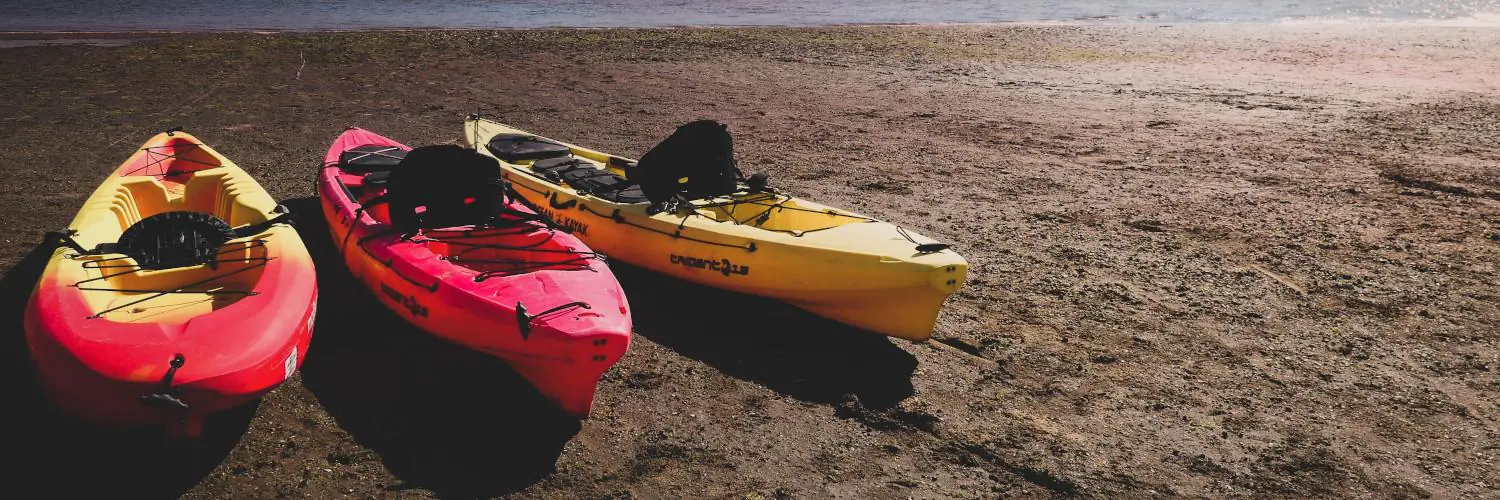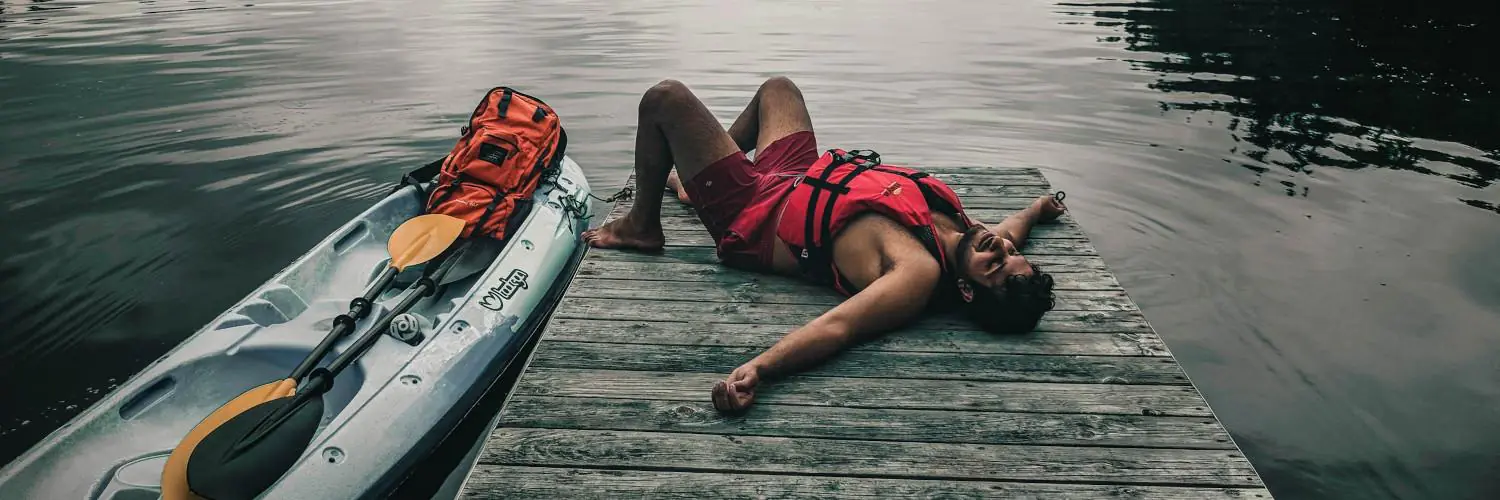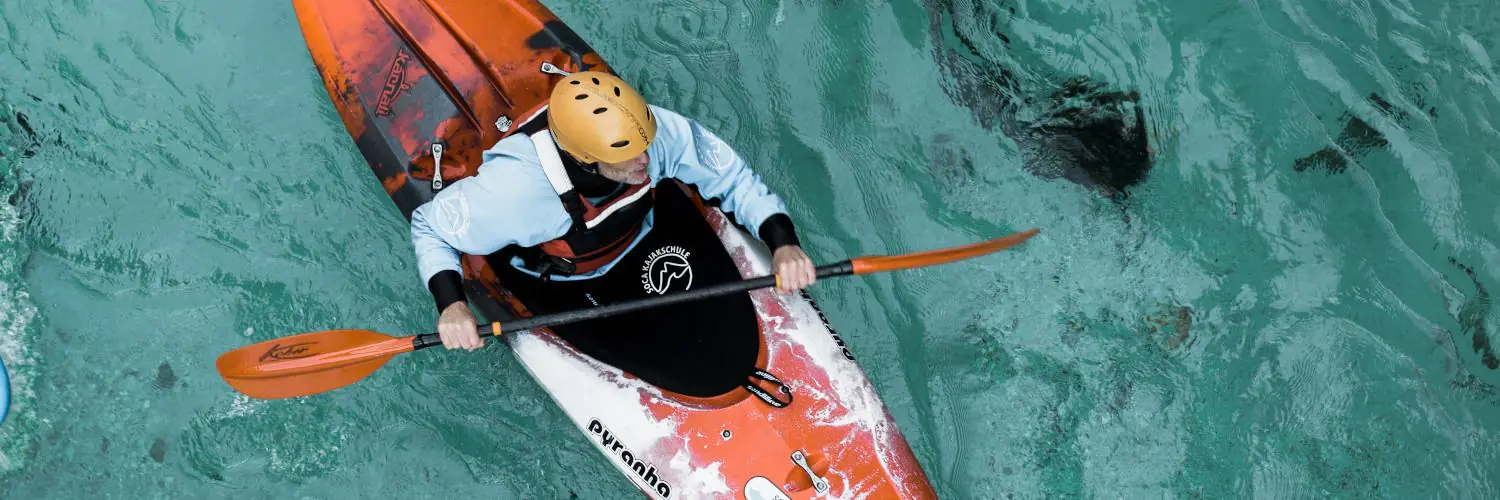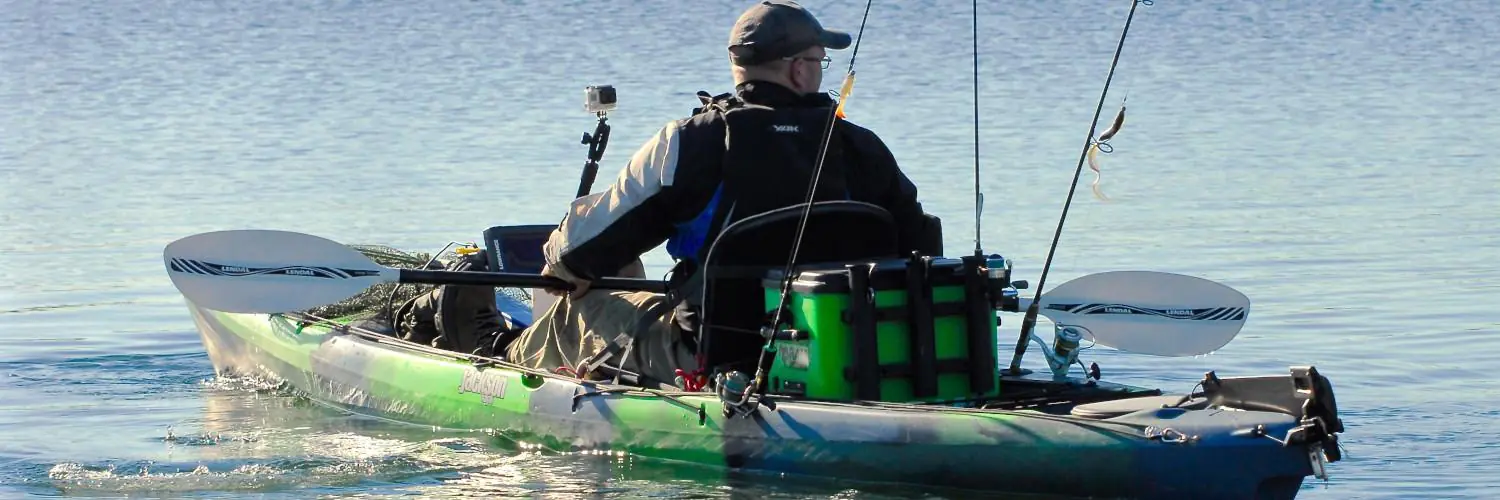Determining the average speed when kayaking is of great interest to both recreational paddlers and professionals alike. On average, a person paddling a kayak can maintain a speed of about 3 miles per hour under normal conditions. However, this speed can be influenced by several factors including the kayaker’s skill level, the kayak’s design, environmental conditions, and water currents.
Novices to the sport may find their average pace closer to 2 miles per hour as they adjust to the technique and demands of paddling, while seasoned kayakers can potentially surpass the 3-mile per hour mark with a combination of experience and physical fitness. It’s essential to understand that while the world record speeds in competitive kayaking can hit the 19-mile per hour range, such instances are the exception and not the standard to which leisure kayaking speeds adhere.
Table of Contents
Understanding Kayak Speed
Kayak speed is a measure of how quickly a kayak can move across water, impacted by various factors and calculated through specific methods to understand both average and maximum capabilities.
Factors Influencing Speed
The speed of a kayak is influenced by several factors:
- Paddler’s strength and experience: More experienced and stronger paddlers can propel a kayak faster.
- Kayak design and weight: Sleek, lightweight designs offer less resistance and can therefore travel faster.
- Water conditions: Calm waters allow for higher speeds, while rough waters can significantly slow a kayak down.
- Weather: Wind and currents can either hinder or boost a kayaker’s speed.
Calculating Average Speed
The average speed of a kayak is the distance covered over a period, typically expressed in miles per hour (mph) or kilometers per hour (km/h). For recreational kayakers, average speeds tend to range between 2 to 3 mph. More experienced kayakers using touring or racing kayaks may achieve speeds of up to 5 mph. Calculate average speed with the formula:
Average Speed = Total Distance / Total Time
Maximum Hull Speed
Maximum hull speed is the theoretical maximum speed a kayak can achieve based on its length at the waterline. It is determined by the formula:
Maximum Hull Speed = 1.34 * √(Length at Waterline)
For most kayaks, this figure sets the upper limit of their speed due to the physics of water displacement and resistance. However, it is worth noting that extraordinary feats, such as the 39 mph record documented in the Guinness Book of World Records, surpass these theoretical limits, albeit under exceptional circumstances.
Types of Kayaks and Their Speeds
The speed of a kayak varies significantly depending on its design, with each type tailored for specific uses. Recreational, touring, racing, and fishing kayaks differ in shape, length, and overall performance, affecting how fast they can travel through the water.
Recreational Kayaks
Recreational kayaks are designed for casual paddling in calm waters. They are generally wider, providing stability and comfort, but this design reduces speed. On average, recreational kayaks move at about 2 to 3 miles per hour (mph).
Touring Kayaks
Touring kayaks are built for longer distances and can handle a variety of water conditions. They are often longer and narrower, which increases their speed over recreational models. Typically, touring kayaks can achieve speeds of 3 to 5 mph.
Racing Kayaks
Racing kayaks are highly specialized for speed and performance. They have a slim profile and are lightweight, allowing experienced kayakers to reach remarkable speeds. Under racing conditions, these kayaks can surpass speeds of 5 mph, with the recorded fastest kayak speed being 39 mph in optimal conditions.
Fishing Kayaks
Fishing kayaks are designed for stability, which is essential when casting lines and reeling in fish. This focus on stability results in a slower-moving kayak, with average speeds ranging from 1 to 2 mph. Fishing kayaks typically have a wider body and may be shorter, adding to their slower speeds.
Kayaking Techniques and Efficiency
Efficient paddling techniques are crucial for maximizing speed and minimizing fatigue in kayaking. Understanding and applying key methods can significantly enhance one’s paddling efficiency.
Paddling Technique
Good paddling technique involves the entire body, not just the arms. The technique is segmented into phases: the catch, the power phase, and the release. In the catch phase, the paddler submerges the blade fully in the water near the feet. Once the blade is set, the power phase follows, where they use their torso and legs to generate the most force, rather than just pulling with their arms. This is because the core muscles are stronger and provide more sustainable power. For the release, or the exit, the paddle blade is smoothly removed from the water, reducing drag and maintaining forward momentum.
Proper Paddle Grip and Blade Angle:
- Grip the paddle with hands shoulder-width apart, allowing a slight bend in the elbows.
- Angle the blades at about 60 to 90 degrees to each other for more powerful and aerodynamic strokes.
Improving Paddling Efficiency
Paddlers can enhance their paddling efficiency through skill development and practicing specific exercises that focus on paddling form. Developing a strong, smooth, and consistent paddling rhythm helps in maintaining momentum and reducing energy expenditure. Also, making adjustments to paddle length and blade size can contribute to more efficient strokes.
Skills and Exercises:
- Rotation: Employ the torso with each stroke for greater power and endurance.
- Balance: Practice stability exercises to enable better control and stroke power.
- Endurance: Engage in regular cardiovascular exercises to improve overall paddling stamina.
By investing time in mastering these techniques, kayakers can improve their MPH speeds and enjoy a more efficient kayaking experience.
External Conditions Affecting Kayaking
Kayak speed is significantly influenced by external environmental factors. These external conditions can greatly dictate the pace at which a kayaker is able to travel.
Weather and Wind Conditions
The weather plays a crucial role in kayaking, with wind conditions often being the most impactful. A headwind can drastically reduce speed, while a tailwind can assist a kayaker in moving faster than their average paddling pace. It’s important to note that wind speeds of over 12 miles per hour can create challenging kayaking conditions.
Water Conditions
The state of the water can make a marked difference in kayaking speed. Kayakers often prefer calm waters since choppy conditions, caused by waves and strong tides, can slow progress significantly. Additionally, the currents can either aid or impede a kayaker, with downstream travel typically resulting in higher speeds compared to paddling against the flow.
Environmental Obstacles
Physical barriers in the water such as rocks, downed trees, and other environmental obstacles can affect the navigability and thus the speed of a kayak. Moreover, water flow and the presence of adverse weather conditions must be considered, especially in river kayaking, where rapid changes can occur.
Planning a Kayaking Trip
When preparing for a kayaking trip, accurately assessing how long it will take to cover the planned distance is essential. One must also account for the influence of currents and tides on their travel time.
Estimating Time and Distance
To estimate the time a kayaking trip will take, paddlers often use a general speed estimate of about 3 miles per hour under average conditions. For example, a 3-mile trip typically takes 1 hour and 15 minutes. However, every kayak trip is unique and can involve a variety of factors such as the paddler’s speed, the type of kayak, and the number of breaks taken.
Distance and Time Estimation Table:
| Distance (miles) | Average Speed (mph) | Estimated Time (h) |
|---|---|---|
| 3 | 3 | 1:15 |
| 6 | 3 | 2:00 |
| 12 | 3 | 4:00 |
It’s important to consider pauses for rest and sightseeing. For leisurely trips, paddlers may spend additional time on the water beyond their paddling time.
Navigating Currents and Tides
Currents and tides can significantly affect a kayak’s speed. When paddling downstream, the river current can assist and increase average speed, potentially cutting down travel time. Conversely, moving against the current or during low tides can slow a paddler down, requiring more time and effort to cover the same distance.
Tips for Currents and Tides:
- Downstream Paddling: One can take advantage of the current to move faster and with less effort, ideal for a more relaxing adventure.
- Tackling Tides: Paddlers should check tide tables when planning a trip along coastal areas to ensure they are working with the tides, not against them.
- Upstream Challenges: If the trip involves paddling upstream, one should gauge their stamina and allocate more time for the journey.
In conclusion, understanding these factors plays a crucial role in planning a successful and enjoyable kayaking trip.
Physical Fitness and Paddling Speed
Physical fitness plays a crucial role in determining a kayaker’s speed. Several factors such as fitness level, stamina, and power contribute to paddling efficiency, which directly influences how many miles per hour kayakers can achieve.
Building Stamina and Endurance
Stamina and endurance are key for sustained paddling over time. Kayakers can build stamina through:
- Cardiovascular exercises: Engaging in regular aerobic activities like running, swimming, or cycling.
- Paddling drills: Spending time on the water practicing different strokes and techniques for longer periods.
Improved endurance enables paddlers to maintain a consistent speed without fatigue, ultimately extending the distance they can cover in an hour.
Fitness Level and Kayaking
The fitness level of a kayaker greatly affects their top paddling speed. A high fitness level generally correlates with:
- Increased power: Stronger, well-conditioned muscles can generate more powerful strokes.
- Enhanced muscle coordination: Effective transfer of energy through coordinated movements improves overall paddling efficiency.
Experienced kayakers often have a developed physical fitness that allows them to exceed average speeds, reaching up to 5 mph or faster.
Equipment and Performance
The performance of a kayak is greatly influenced by the equipment a paddler chooses, particularly regarding kayak design and weight, as well as the selection of paddles.
Choosing the Right Gear
When selecting kayaking gear, a paddler should focus on the specific type of kayaking they plan to undertake. For instance, touring kayaks necessitate gear that prioritizes comfort and storage capacity over maneuverability. Choosing the right type of kayak paddle is just as crucial. The paddle’s length, feathering angle, and blade shape all contribute to the overall efficiency and stroke power—elements that directly impact performance.
- Touring Paddles: Typically longer, with slender blades for endurance and long distances.
- Whitewater Paddles: Usually shorter, with wider blades for power and quick maneuvering.
Impact of Kayak Weight and Design
The weight of a kayak affects its speed and ease of transport. Kayaks manufactured with lightweight materials such as carbon fiber or fiberglass result in a reduced drag and can enhance performance on the water. Additionally, the kayak’s design, including the shape and length of its hull, determines its hull speed and stability.
| Kayak Design | Performance Aspect | Impact Description |
|---|---|---|
| Planing Hull | Stability | Wider and more stable; allows quick turns. Good for whitewater. |
| Displacement Hull | Speed | Streamlined and faster; cuts through water, ideal for touring. |
A well-designed kayak minimizes drag while maximizing stroke efficiency. It’s important to match the kayak’s weight to the paddler’s strength and endurance level to ensure optimal performance. A heavy kayak could lead to fatigue, while a too light one could be more affected by wind and currents.
Advancing from Beginner to Experienced Kayaker
Transitioning from a beginner to an experienced kayaker involves honing paddling techniques and developing a solid understanding of your kayak’s performance in various water conditions.
Skills Development
For a beginner kayaker, the journey towards proficiency is marked by deliberate practice and skill enhancement. It begins with mastering the basic paddling strokes—forward, reverse, sweep, and draw. Achieving smooth, efficient strokes allows the paddler to maintain a steady speed and conserve energy. As a recreational kayaker’s experience grows, they can progress to more advanced techniques such as the Eskimo roll, which is pivotal for self-rescue in capsizing situations.
- Essential techniques for beginners to learn:
- Forward stroke
- Reverse stroke
- Sweep stroke (for turning)
- Draw stroke (for lateral movement)
As kayakers gain experience, they often engage in regular exercises to build strength and endurance. A regular routine might include cardiovascular training and upper body workouts, which are crucial for prolonged paddling sessions and developing the ability to kayak at faster speeds.
Understanding Watercraft Dynamics
An experienced kayaker appreciates the influence of the kayak’s design on speed and maneuverability. They understand that long, slender kayaks (often referred to as sea kayaks) are designed for speed and tracking in open waters, while shorter, wider kayaks are more agile, suitable for recreational use and tighter waterways. Beginners must familiarize themselves with how hull shape and waterline length affect their kayak’s performance. They also learn the importance of properly adjusting their kayak for an optimal paddling position, which can significantly affect speed and control.
Key concepts for an evolving paddler include:
- Hull design impacts:
- Speed
- Stability
- Maneuverability
- Importance of correct kayak fit:
- Footrest position
- Seat adjustment
- Thigh brace contact
Through accruing paddling hours and reflecting on their experiences, a paddler’s confidence and competency grow. The enriched understanding of their kayak’s capabilities and how to adapt to changing water environments significantly contribute to the journey from a beginner to an experienced kayaker.

